Understanding Radiation Dermatitis and Its Impact
Going through radiation therapy can be a difficult journey, both physically and emotionally. While it’s an essential treatment for many cancers, it can take a toll on your skin, leading to radiation dermatitis—a condition that causes discomfort, pain, and even treatment delays. If you’re experiencing redness, irritation, or peeling skin, you’re not alone. Up to 95% of radiation therapy patients develop some form of radiation dermatitis (Leventhal & Young, 2017).
The good news is that specialized skincare solutions can help reduce symptoms, promote healing, and improve comfort. This guide will explain the different grades of radiation dermatitis, offer practical tips for managing symptoms, and highlight the role of Rejuvaskin’s Skin Recovery Cream in soothing and repairing damaged skin.
The Different Grades of Radiation Dermatitis
Radiation dermatitis varies in severity. Understanding the grades of skin reactions can help you take proactive steps to care for your skin.
Grade 1 (Mild):
-
Redness (erythema)
-
Dryness and mild itching
-
Skin sensitivity
Grade 2 (Moderate):
-
More pronounced redness
-
Peeling and flaky skin
-
Increased discomfort and irritation
Grade 3 (Severe):
-
Skin breakdown with moist desquamation (open wounds)
-
Swelling and significant pain
-
Potential for infection (Alzanbagi et al., 2022)
Grade 4 (Very Severe):
-
Ulceration and deep tissue damage
-
Severe pain and bleeding
-
Increased risk of delayed treatment
Managing these symptoms early can prevent worsening and improve skin recovery.
Practical Tips for Managing Radiation Dermatitis
1. Be Gentle with Your Skin
-
Use lukewarm water and mild, fragrance-free cleansers.
-
Avoid scrubbing or rubbing the affected area.
-
Pat skin dry instead of rubbing with a towel.
2. Choose Soft, Breathable Fabrics
-
Wear loose-fitting cotton clothing to reduce friction.
-
Avoid synthetic fabrics and rough materials that irritate sensitive skin.
3. Protect Your Skin from the Sun
-
Radiation-treated skin is more sensitive to UV damage.
-
Apply a broad-spectrum sunscreen or wear protective clothing.
4. Moisturize Regularly
-
Keeping your skin hydrated helps strengthen the barrier and reduce irritation.
-
Use a clinically proven skin recovery cream to promote healing and comfort.
How Rejuvaskin Skin Recovery Cream Supports Healing
Rejuvaskin’s Skin Recovery Cream is specially formulated to help soothe, hydrate, and repair radiation-damaged skin. Its powerful blend of skin-restoring ingredients makes it an essential part of your skincare routine during radiation therapy.
Key Ingredients and Their Benefits
1. Bamboo, Pea, and Glucosamine Extracts
-
Bamboo Extract: Bamboo contains antioxidants and skin-rejuvenating properties, aiding in collagen production, wound healing, and hydration. A study found that bamboo extract increases aquaporin-3 (AQP3) expression, which is essential for wound healing and moisture retention (Ikarashi et al., 2021).
-
Pea Extract: Pea protein has been shown to improve skin barrier function and reduce inflammation, making it a promising ingredient for eczema and dermatitis care (Sowlati et al., 2023).
-
Glucosamine: Known for its anti-inflammatory and anti-aging effects, glucosamine enhances skin hydration, promotes hyaluronic acid production, and reduces oxidative stress (Jamialahmadi, 2019).
2. Calendula Flower Extract
-
Calendula is widely used for its anti-inflammatory, wound-healing, and soothing properties. It has been shown to reduce radiation-induced dermatitis severity and prevent Grade 2+ reactions in cancer patients undergoing radiation therapy (Thanthong et al., 2020).
3. Hyaluronic Acid (Sodium Hyaluronate)
-
Hyaluronic acid plays a critical role in maintaining skin hydration and promoting tissue repair. It helps with reducing irritation, improving skin elasticity, and speeding up wound healing (Palmieri et al., 2019).
4. Aloe Vera
- Aloe vera has been proven to soothe inflamed skin and promote faster recovery from radiation-induced burns. Studies have shown that topical aloe vera application can reduce radiation-induced skin damage and delay its onset. (Yogi et al., 2018).
Learn More About Rejuvaskin Skin Recovery Cream
Consult Your Healthcare Provider
Every patient's skin reacts differently to radiation therapy. While topical solutions like Rejuvaskin can help, it’s important to consult with your doctor for personalized advice. Your healthcare provider can recommend additional treatments, monitor your skin's condition, and adjust care as needed.
Radiation dermatitis can be challenging, but proper skincare can significantly reduce discomfort, irritation, and long-term damage. By using gentle cleansing practices, protecting your skin, and applying a targeted recovery cream like Rejuvaskin, you can help your skin heal and stay as healthy as possible during treatment.
Works Cited
-
Alzanbagi, H., Alshaqaqiq, M., Alsadi, H., et al. (2022). Prophylaxis and Management of Radiation-Induced Dermatitis. Journal of Healthcare Sciences.
-
Leventhal, J., & Young, M. (2017). Radiation Dermatitis: Recognition, Prevention, and Management. Oncology.
-
Thanthong, S., Nanthong, R., Kongwattanakul, S., et al. (2020). Prophylaxis of Radiation-Induced Dermatitis in Patients With Breast Cancer Using Herbal Creams. Integrative Cancer Therapies.
-
Yogi, V., Singh, O., Mandloi, V., et al. (2018). Role of Topical Aloe Vera Gel in the Recovery of High-Grade, Radiation-Induced Dermatitis. Clinical Cancer Investigation Journal.
- Palmieri, B., Vadala', M., & Laurino, C. (2019). Nutrition in wound healing: investigation of the molecular mechanisms, a narrative review. Journal of wound care, 28 10, 683-693 .
- Jamialahmadi, K. (2019). Beneficial applications of glucosamine. Molecular Nutrition: Carbohydrates.
- Sowlati, M., Orzan, O.A., Morariu, S.H., Etropolska, Z., Veraldi, S., & Dimitrov, S. (2023). Topical Application of a Formulation Containing Pea Proteins and Xyloglucan in Adult Patients with Atopic Dermatitis: A Double-blind, Parallel, Randomized, Placebo-controlled, Multicenter Study. The Journal of clinical and aesthetic dermatology, 16 7, 35-41 .
- Ikarashi, N., Kaneko, M., Fujisawa, I., Fukuda, N., Yoshida, R., Kon, R., Sakai, H., Sugiyama, K., & Kamei, J. (2021). Wound-Healing and Skin-Moisturizing Effects of Sasa veitchii Extract. Healthcare, 9.
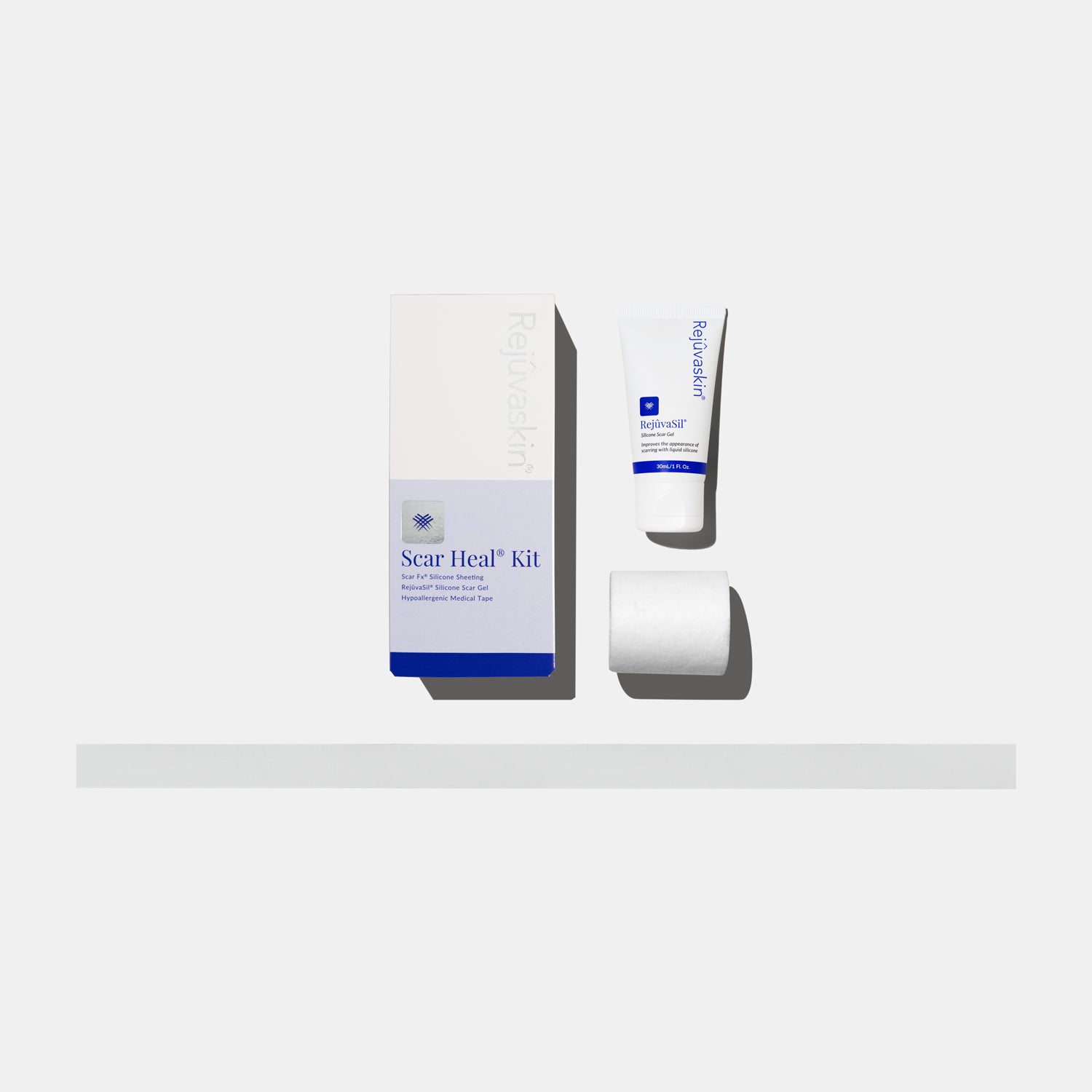


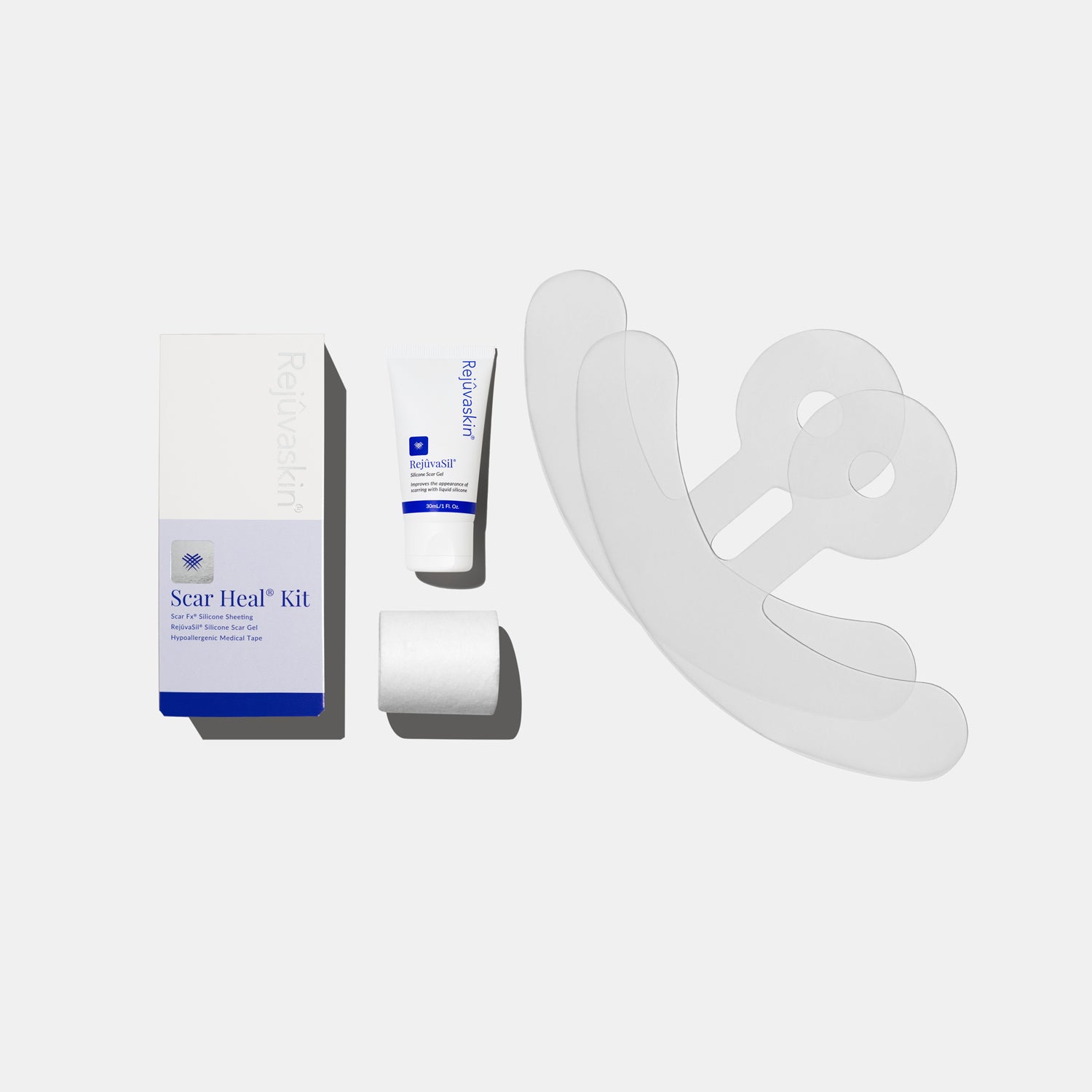
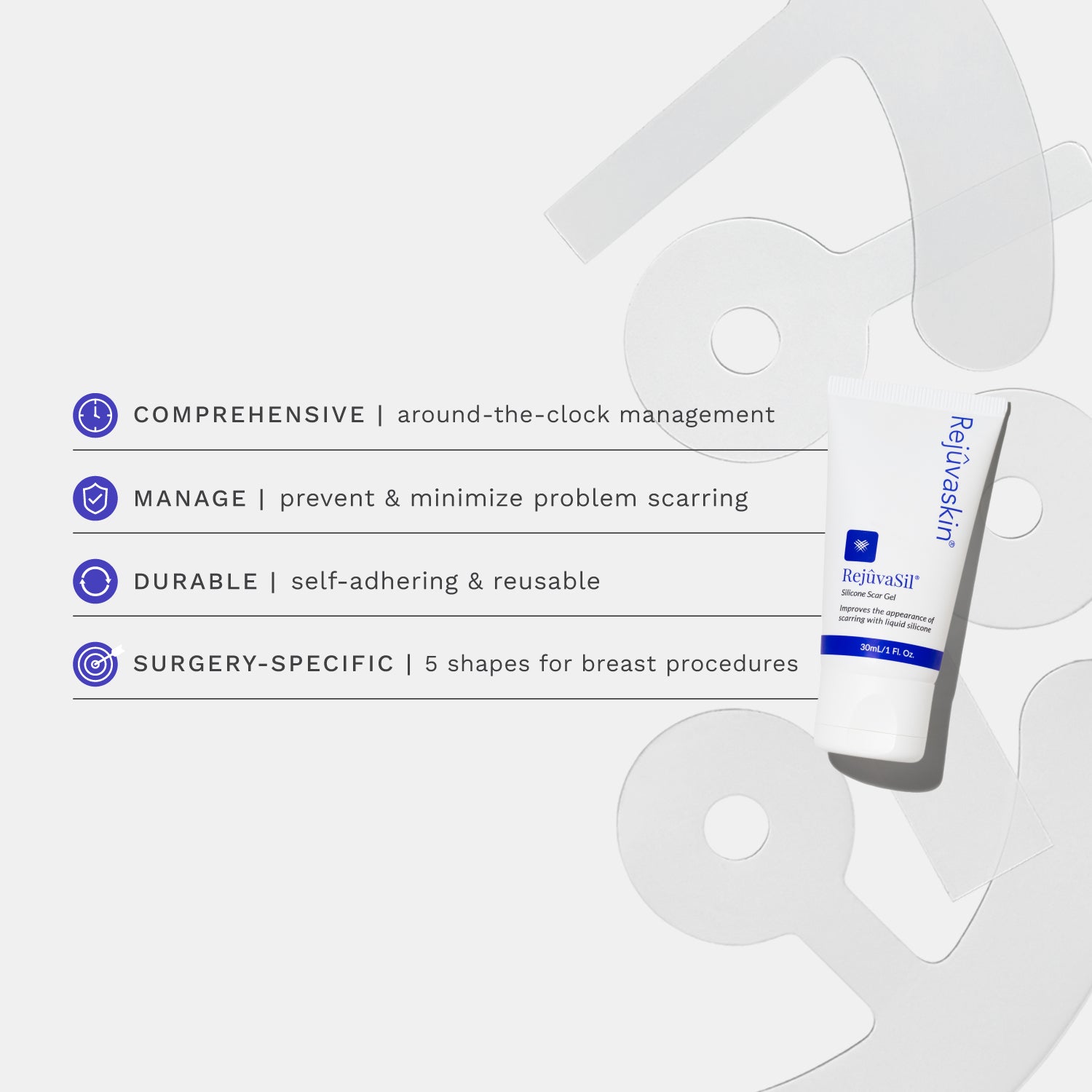
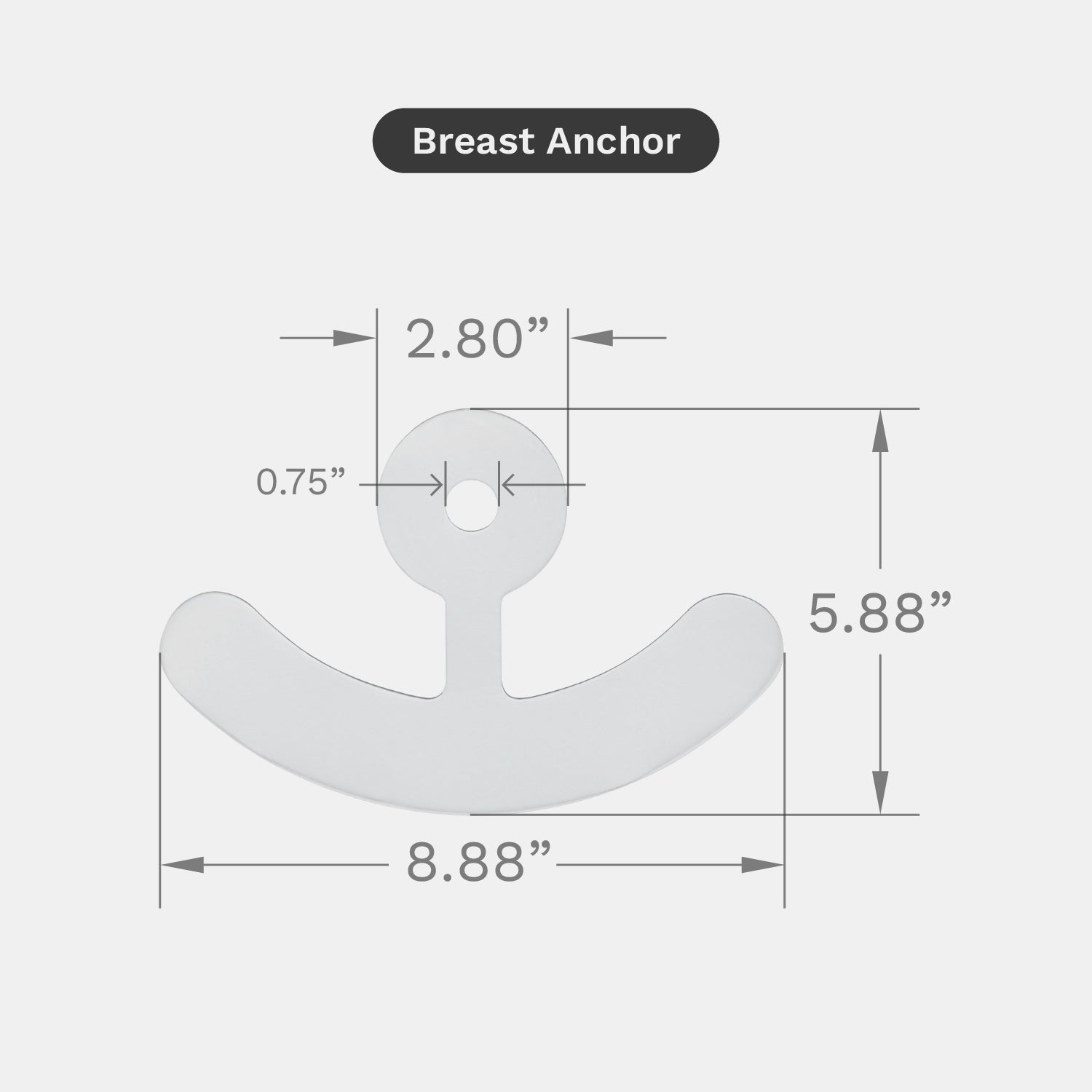
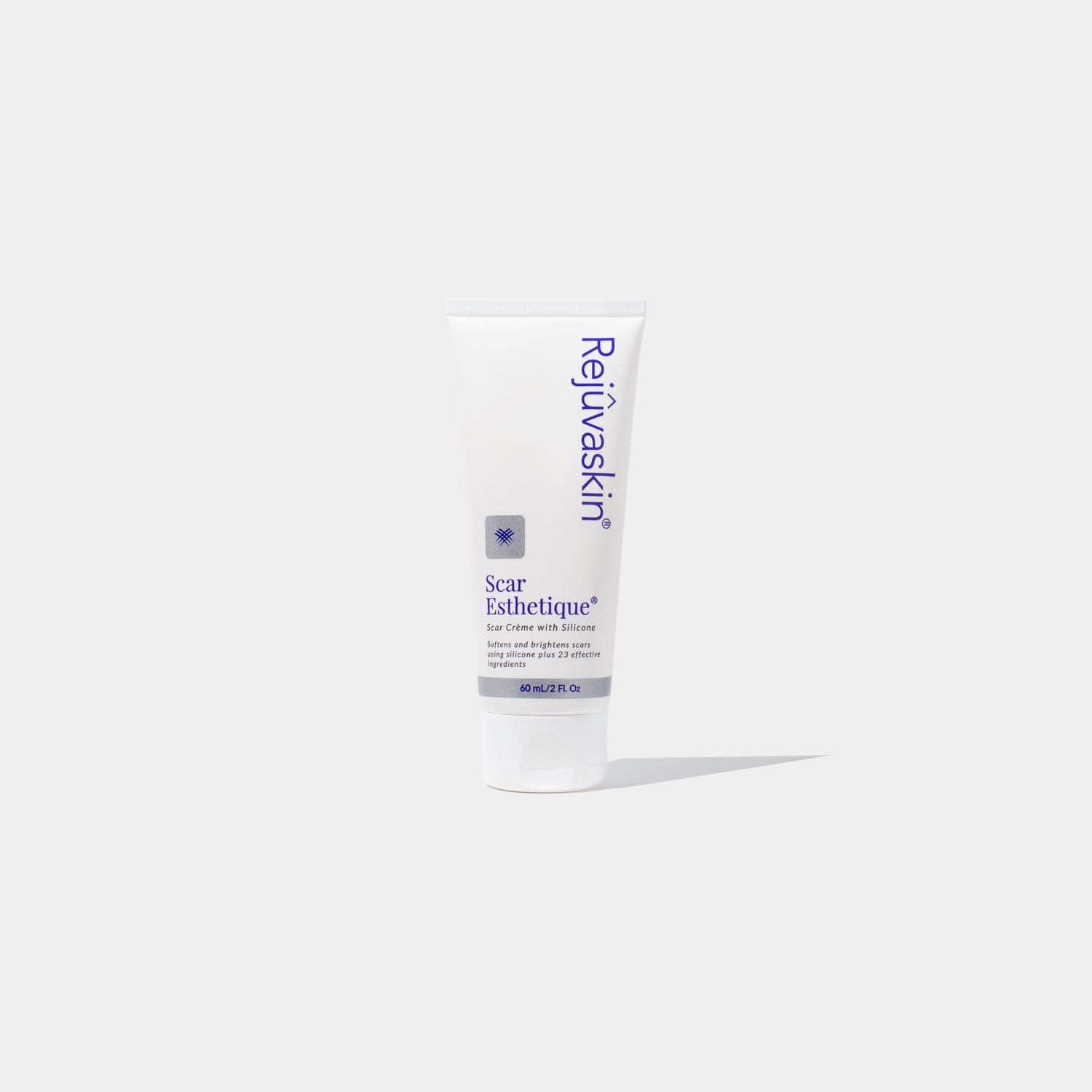
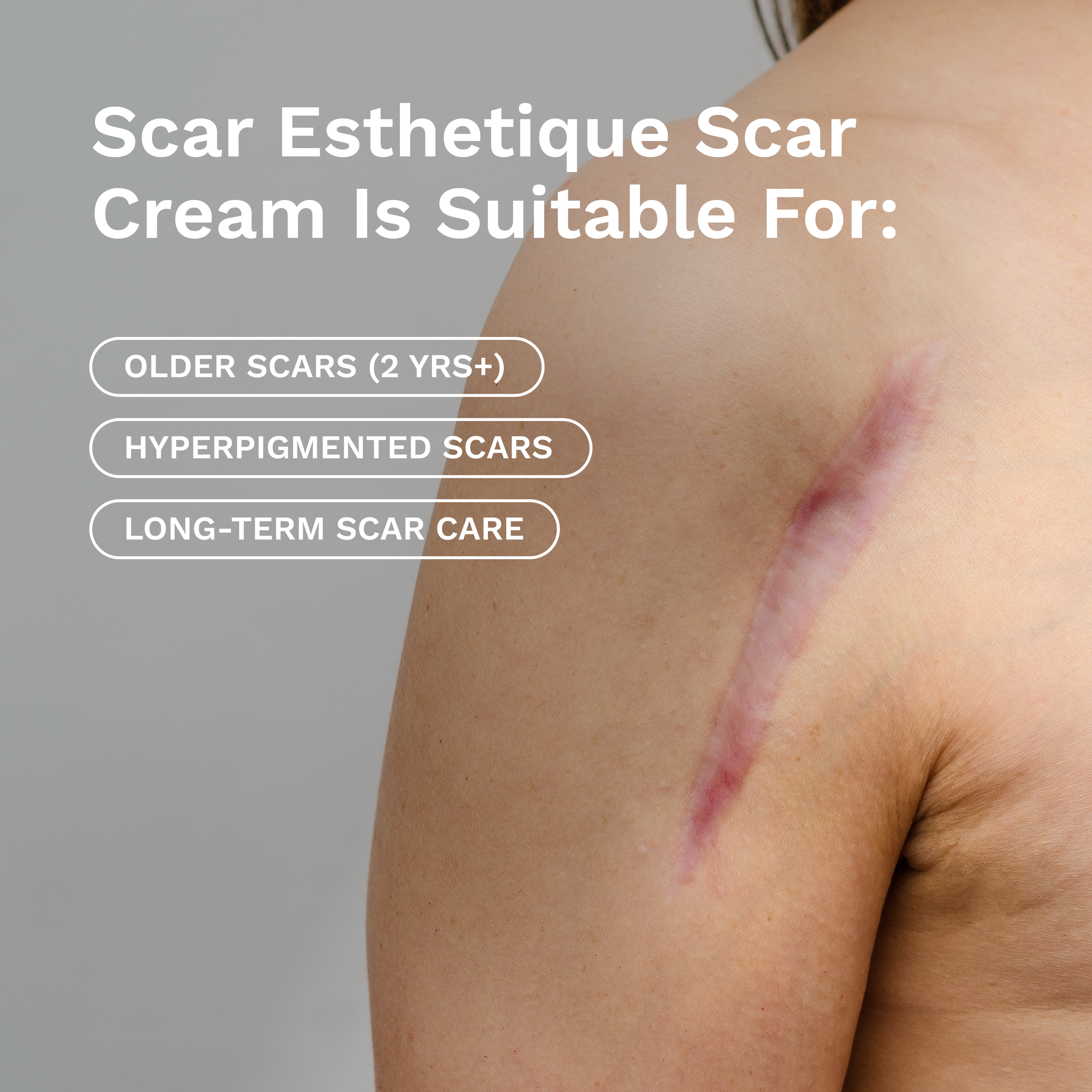








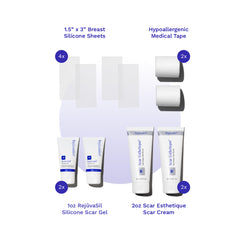
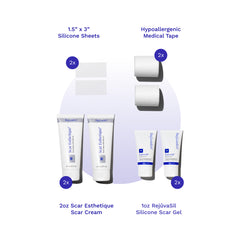

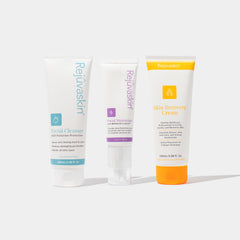

Leave a comment